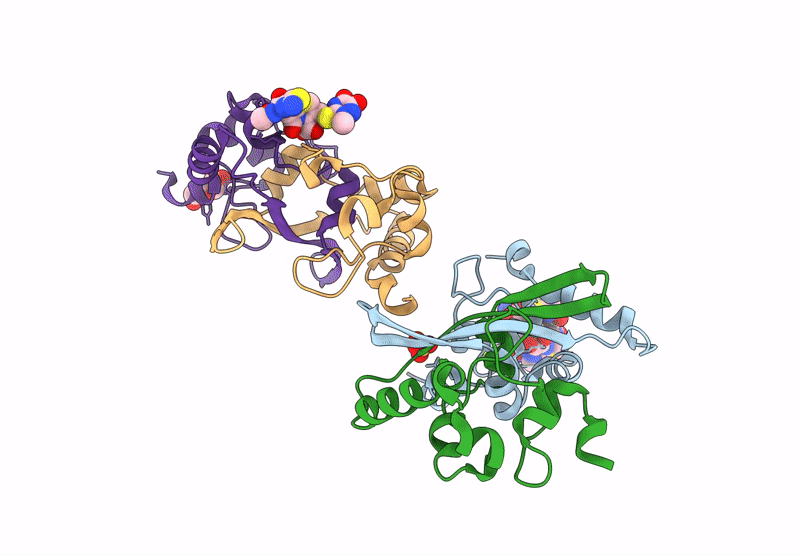
Deposition Date
2024-05-08
Release Date
2025-04-02
Last Version Date
2025-04-02
Entry Detail
PDB ID:
8ZFV
Keywords:
Title:
Crystal Structure of C-terminal domain of nucleocapsid protein from SARS-CoV-2 in complex with ceftriaxone
Biological Source:
Source Organism:
Host Organism:
Method Details:
Experimental Method:
Resolution:
2.00 Å
R-Value Free:
0.20
R-Value Work:
0.14
R-Value Observed:
0.15
Space Group:
P 1


